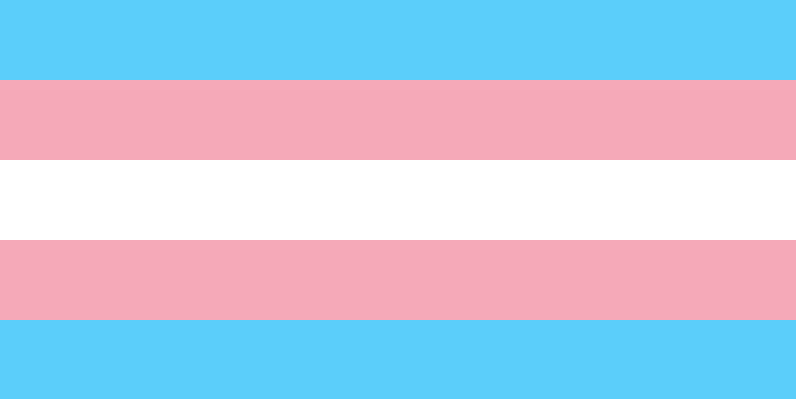Last Updated on November 14, 2023
Accessing essential healthcare is a challenge many low-income individuals face, especially for those living in rural areas where hospital closures have become a distressing trend. Around 200 rural hospitals have closed or cut services since 2005, as per data from the Sheps Center. Even more concerning, this trend shows no signs of slowing down.
Over 600 rural hospitals may close in the near future because they don’t make enough money to pay for the increasing cost of treating patients. The impact of these hospital closures on the communities they serve is nothing short of devastating. The repercussions of hospitals closing in rural areas extend beyond the immediate loss of inpatient care facilities. The long-term effects on health outcomes are especially concerning, impacting the lives of those living in rural communities.
Driving Distances to Essential Healthcare Services Will Be Longer
In 2020, the Government Accounting Office (GAO), an independent and nonpartisan research agency, studied how far people had to travel for rural health care after their local hospitals closed. The results were shocking: in 2012, the average distance was 3.5 miles, but by 2018, it had increased to 23.9 miles.
This issue is especially problematic for vital services like substance abuse treatment. In 2018, the distance that people had to travel for this treatment was about 50 miles. This is a significant increase compared to the 5 miles they had to travel in 2012.
Effective treatment for substance abuse, like opioid addiction, usually requires frequent and consistent visits to treatment programs. Long travel distances may discourage people with substance use disorders and prevent them from seeking treatment.
You Might Have Trouble Finding a Doctor Nearby
What’s also concerning is the connection between rural hospital closures and the loss of nearby physicians. A study has found that communities experiencing hospital closures also witness a substantial reduction in their local physician supply. The absence of a nearby hospital has a domino effect, causing the departure of physicians from the area. This exacerbates the healthcare access problem, leaving communities with fewer medical professionals to cater to their needs.
The Federal Office of Rural Health Policy (FORHP) understands the importance of solving these problems and supports finding different solutions. They play a crucial role in bridging the gap by offering funding to rural health clinics across the country. FORHP supports efforts to improve access to care in rural areas and lessen the impact of hospital closures.
If you’re on a low or limited income, here are some options
NeedyMeds has many resources for people needing free or affordable health care services,
- Our Free/Low-Cost/Sliding-Scale Clinic locator allows you to find healthcare clinics in any income bracket! We list nearly 19,000 clinics in the United States and its territories. Sliding-scale clinics are a good alternative for people seeking the same quality care they expect in a hospital. Household income and size determine the prices you pay for these clinics.
- Transportation Assistance: NeedyMeds lists programs that offer transportation services for people with various health conditions. This helps people who need special treatment at hospitals located far from their urban counterparts.
- Telemedicine services are also a good option to see providers without leaving home. This technology helps people in rural areas talk to healthcare providers using video or phone calls. It’s a convenient option for visits that don’t need in-person exams.




